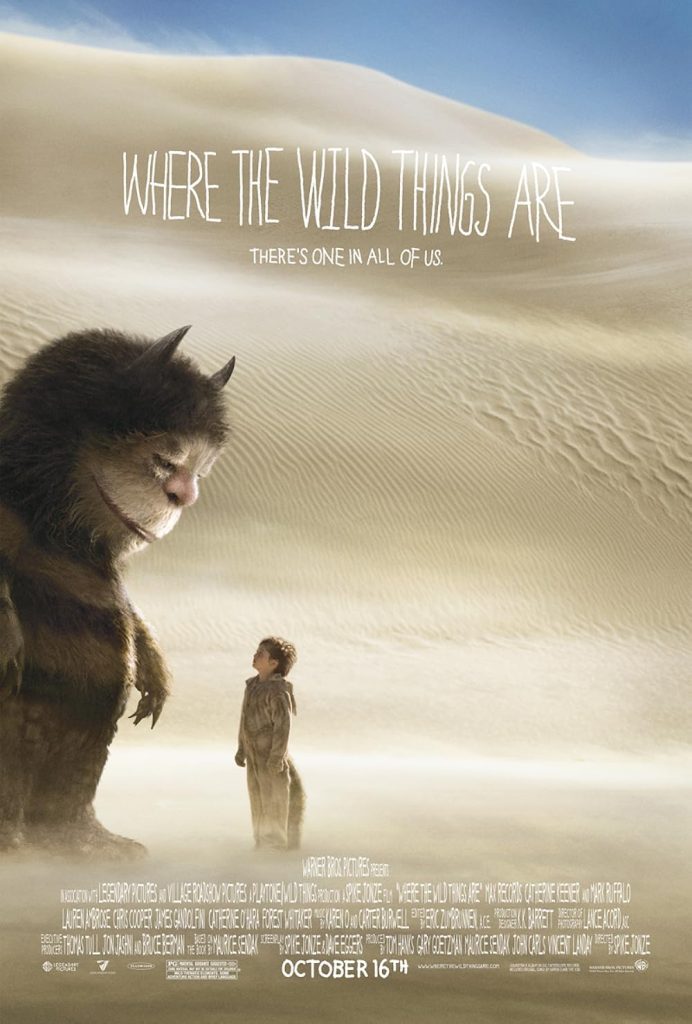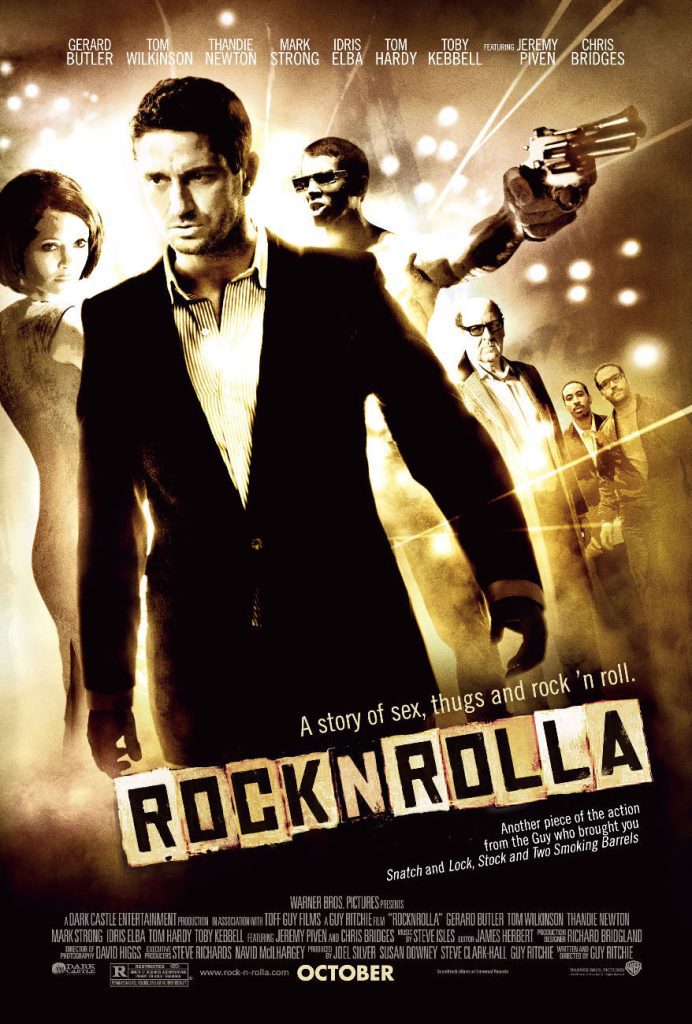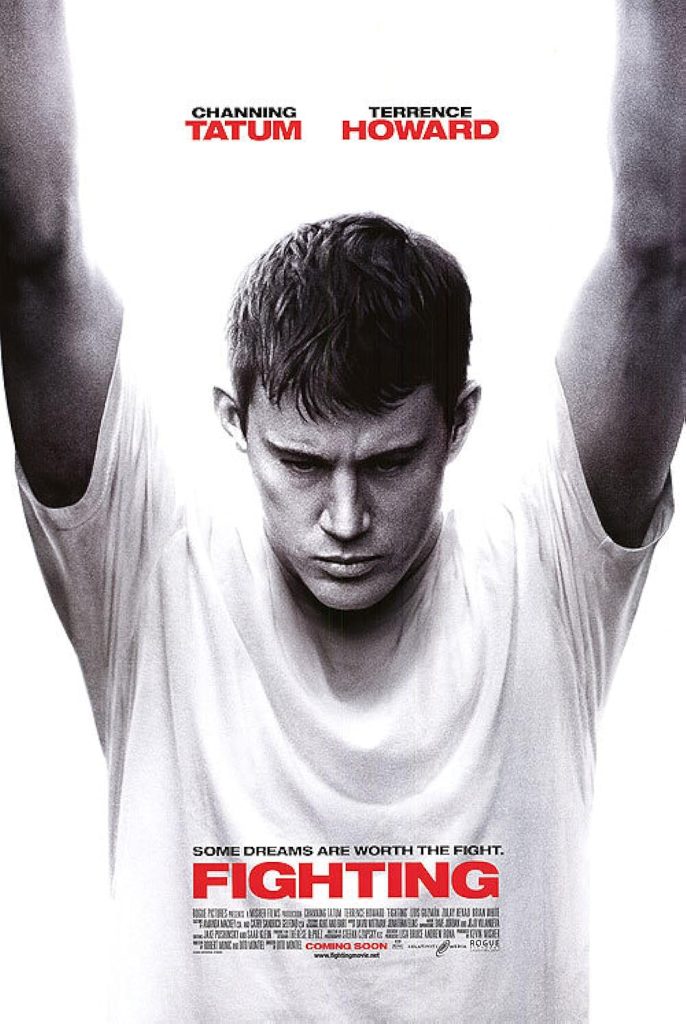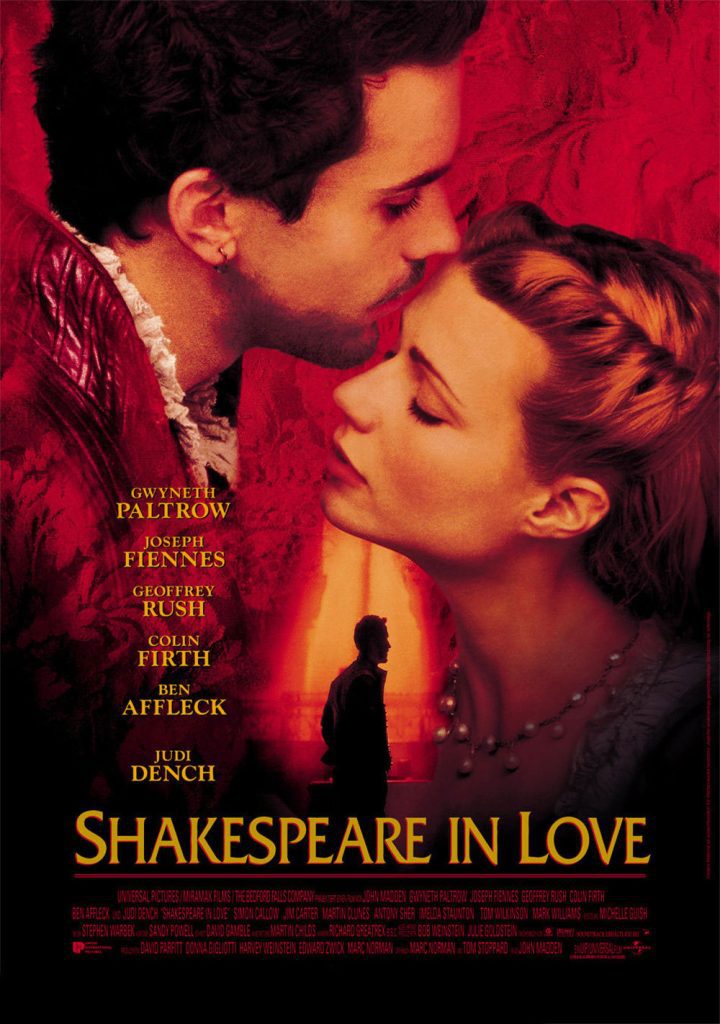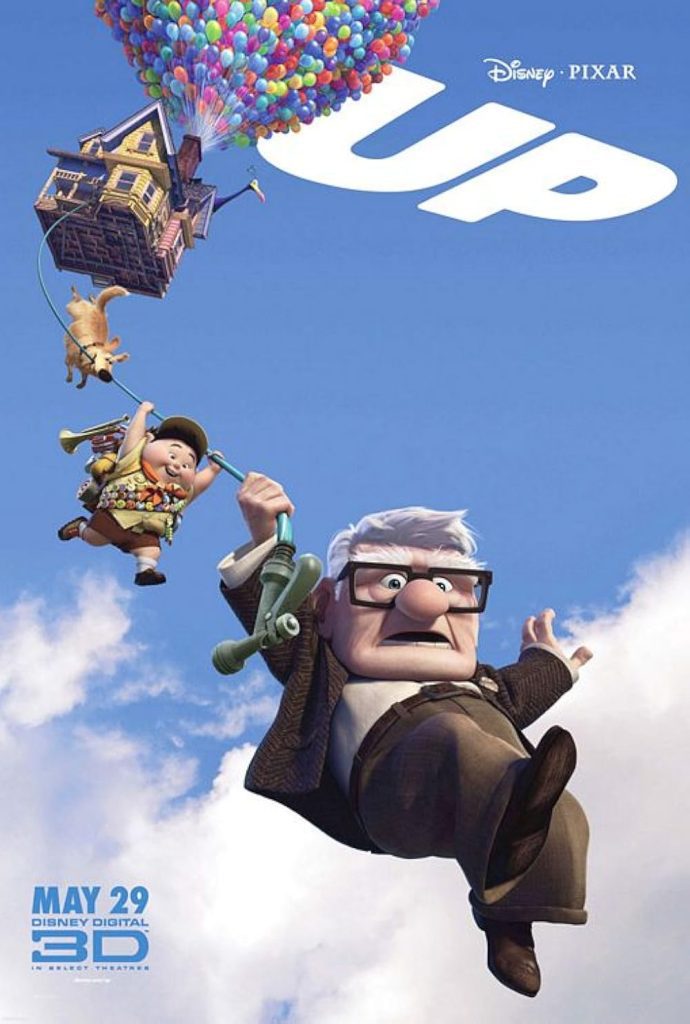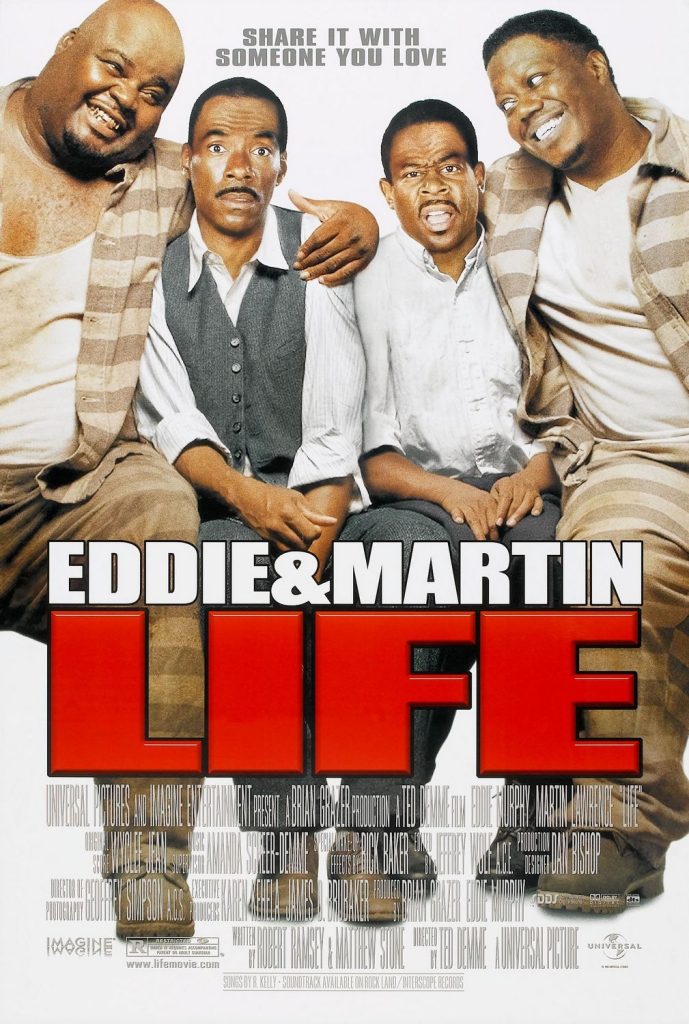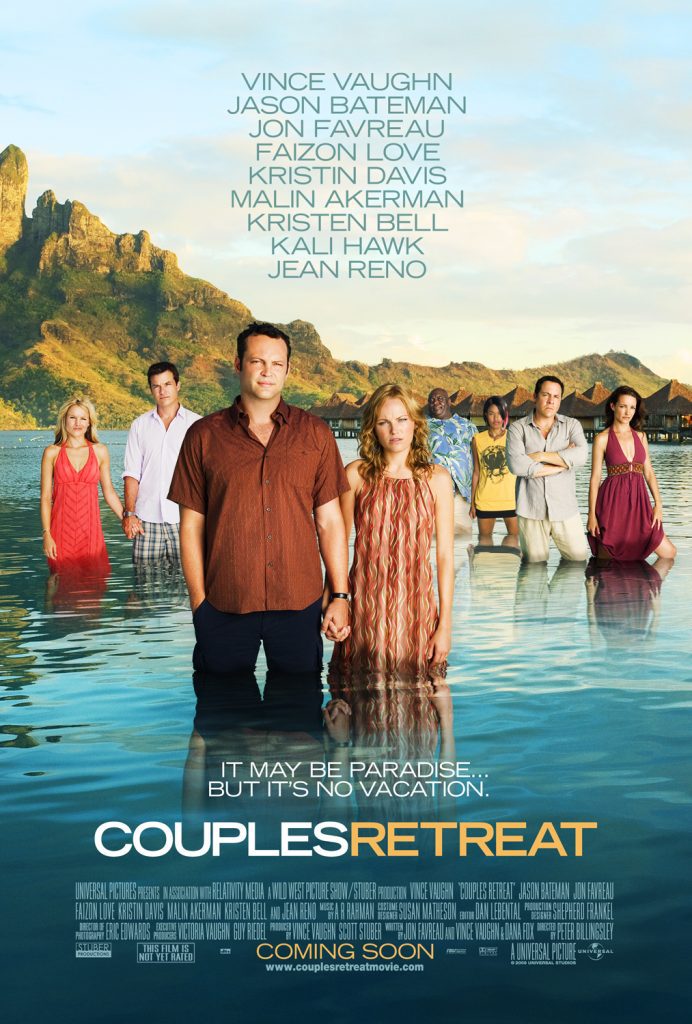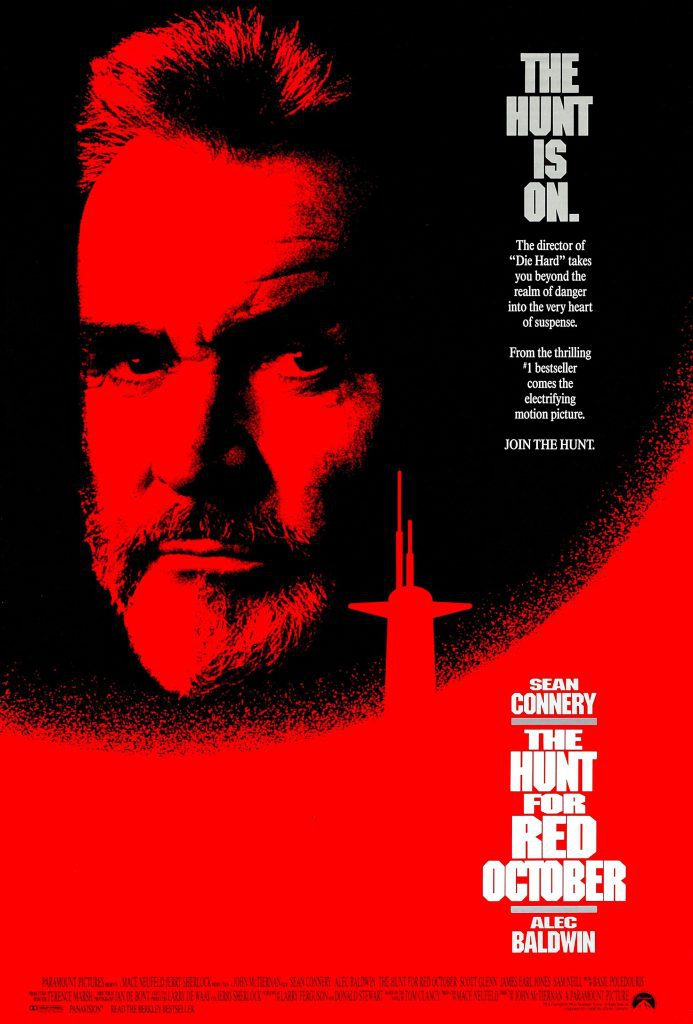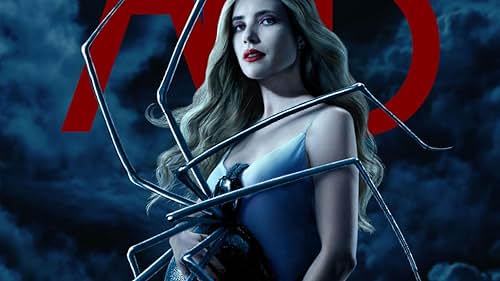
Just what is it about haunted house stories that keep horror fans excited, year after year, generation after generation? It speaks to basic fears we’ve all had, of waking up in the middle of the night, alone in the dark, thinking you’ve just heard something inside your own home, where you’re supposed to be safe. Even after turning on the lights and searching the house to find nothing, your mind still races with what-ifs.
FX’s American Horror Story takes these basic fears a little farther, positing that whatever demons might lurk in the shadows of the house at night are nothing compared to the personal demons you brought into the house with you.
The Harmon family is in crisis. A while back, wife Vivien (Connie Britton, Friday Night Lights) suffered a traumatic miscarriage, followed by discovering psychiatrist husband Ben (Dylan McDermott, The Practice) in bed with a younger woman. Daughter Violet (Taissa Farmiga, Higher Ground) has got the teenage angst going on, to the point where her grades are slipping and she’s taken to cutting herself.
Hopeful for a second chance, the family moves to Los Angeles, getting a sweet deal on an old mansion. The house is cheap because it’s the “Murder House,” where not one but several horrific deaths have occurred, dating all the way back to the golden age of Hollywood. The Harmons eventually discover that not all is right with the house, beginning with the discovery of a kinky, full-body rubber latex suit left behind in the attic.
There are a number of other folks whose lives and/or afterlives are linked to the Harmons and their new home:
- Constance Langdon (Jessica Lange, Blue Sky), a flamboyant next door neighbor who seems to know a lot more about the house than she’s letting on.
- Tate (Evan Peters, Invasion), a troubled teen with violent impulses. A patient of Ben’s, he and Violet take a liking to one another, much to Ben’s frustration.
- Moira, the housekeeper who worked for the previous owners, now hired by the Harmons. To Vivien, Moira appears to be a kindly older lady (Frances Conroy, Six Feet Under), but to Ben, she appears as a seductive young woman (Alexandra Breckinridge, D.E.B.S.).
- Larry Harvey (Denis O’Hare, True Blood), a horribly scarred man who follows Ben around with dire warnings about the house.
- Hayden (Kate Mara, Zoom: Academy for Superheroes), the woman Ben cheated with, who shows up in L.A., and won’t take “no more” for an answer.
There are a number of others in and around the house, including a couple of nurses, some rambunctious adolescent twins, and something grumbling down in the basement. It’s the stuff of an American Horror Story.
From the creators of Glee (seriously?) comes another cable series loaded with adult content and posh production values in the hopes of swiping both viewers and Emmys from the highbrow shows on the premium channels. A lot of what’s on screen in American Horror Story is designed to provoke. It tackles sex, infidelity, mental illness, drug use, suicide, and more. It does this in twisted, disturbing ways, to shock and horrify audiences. Right when you’re wondering if the show is going to go there, it goes there. While there is some gore and sex on screen, not to mention atmosphere galore, the tone is definitely more psychological horror.
Author Stephen King has famously said that a haunted house story is a history story, in that it’s not so much about the ghosts, but what happened long ago in the house to turn them into ghosts. American Horror Story adds another level to that, by having the living occupants’ neuroses and emotional crises mirror the supernatural spookiness all around them. Vivien’s miscarriage leads to a lot of talk about characters wanting babies and wanting each others’ babies. Ben’s infidelity has him constantly being tempted by carnal delights both physical and ghostly. Violet is drawn to the dark side, just as the house offers a window into Tate’s dark past.
In case you weren’t already clued in by the presence of the rubber suit guy, know that sex is an important theme in this series. While nothing too terribly graphic happens on screen, the show nonetheless depicts an aggressive sexuality among the characters. As Ben and Vivien struggle to try to maintain their marriage, their sexual frustration is palpable. Early on, Ben sleepwalks, standing in front of the stove naked. He holds his hand out over the hot stove, as the creators make it clear that because of his temptations, he’s metaphorically playing with fire. Because he’s naked, his, er, manly business is also right up against the stove, so the subtext is more like text. As the series goes on, it adds more. A gay couple is introduced, and their sexual foibles are not whitewashed in any way. Tate’s pursuit of Violet is equally aggressive, as is the young Moria’s pursuit of Ben and pretty much everyone else.
When awake, Ben still comes across as sleepwalking, or in a daze. This must be intentional on the creators’ part, because scenes from his point of view are often shown with a blurry haze around the edges, or with quick edits that cut a few seconds here and there. This keeps the audience off kilter, and it reveals how Ben can be unaware of a lot of what’s happening around him. Because of the whole “he cheated on his wife” thing, it’s a little hard to get behind Ben and root for him as hero. It’s true that he’s fighting for and sacrificing a great deal to keep his family together somehow, but that also makes him target number one for the house’s “let’s mess with these people” agenda. This leaves Vivien as the character audiences are more likely to sympathize with. She gets put through the wringer this season, dealing at first with the tension in her marriage and then with all the craziness in and around her house. Connie Britton is the one carrying this show, and she manages to make Vivien likable among all the stresses she has to deal with.
Violet also gets put through the wringer and young Taissa Farmiga displays a lot of emotional depth combined with the character’s youthful innocence. As her family dissolves around her, Violet has the weight of the world on her, so it’s understandable that she acts out, rebelling outwardly and falling apart emotionally, while finding what seems to be a kindred spirit in Tate. Later in the season, Violet’s whole life comes crashing down around her, and Farmiga excellently displays Violet’s emotional meltdown, in one of the season’s most powerful scenes.
Jessica Lange has received a lot of praise for her work on this show, and for good reason she brings it. She walks a fine line between eccentric neighbor and someone you simply can’t trust. When she says something might have a double meaning, is she merely being quirky, or does she know more than what she’s letting on? The characters are never quite sure, and so neither is the audience. Mostly, though, Lange is just fun to watch. She’s clearly having a blast playing this character, and viewers will pick up on that playful energy right away.
A number of other well-known actors show up here and there, such as Zachary Quinto (Star Trek), Sara Paulson (Studio 60 on the Sunset Strip), and Mena Suvari (American Beauty), among many others. As the season continues, more and more characters are introduced. Having a talented group of actors goes a long way toward helping us follow the many subplots. Denis O’Hare is good as well. Although his character has a tragic history, he adds some humor to this otherwise dark show with a running gag about his grotesquely disfigured character longing to be an actor.
As much as I like the performances, that constantly growing cast of characters is one of the more frustrating aspects of the show. As episodes progress, things get crazier and crazier, and there are more and more characters and back stories viewers have to keep track of. It reaches head-spinning levels by the time the story reaches its finale. (Don’t believe me? Here’s a minor spoiler: The Pope has a cameo.) Every time another ghost shows up, the reaction is, “Another one, really?” It’s a crowded haunted house to start with, and it gets ridiculously overstuffed by the end.
Every fantasy/paranormal story has to establish a set of rules or else risk losing any logical consistency and completely alienating the audience. In American Horror Story, one gets the sense that there are rules, but that the audience isn’t being told them all. For example, a two-part episode takes place on Halloween night, with a number of huge reveals and surprises that pretty much get the plot rolling for the rest of the season. What I like is that all this happens without anyone making the big speech that starts with “Halloween is the only night of the year that…” Not being spoon-fed stuff is good.
There are other types of rules, through, the most important of which in this case is character consistency. After watching this entire season, I’m at a loss as to what a lot of these characters want. What does Constance want? Is she really working an angle, is she merely curious given everything she knows, or is she merely eccentric for the sake of being eccentric? We don’t really know. Even more troubling is not knowing what Tate wants. Tate does some truly awful things to people this season, and yet there are times when the script demands he be sympathetic. Often, the explanation for his violent urges is to dismiss it as merely, “He’s psychotic.” Maybe this works in a real world context, but it’s not satisfactory in a character development context. Every time there’s a Tate/Violet scene in which he opens up to her, we’re supposed to care about him, but all I could think was, “But what about that time that he…” This made for more frustration while watching.
All twelve episodes are here on this three-disc Blu-ray set. Presented in 1.78:1/1080p widescreen, this is a show with a lot dark scenes, and the black levels are appropriately deep and rich. The mostly brown and rustic color scheme doesn’t offer too many opportunities for high-def visual flashiness, but a handful of outdoor scenes away from the house show the transfer to be lush with vivid detail and bright, rich colors. Haunted house movies are often dependent on sound for atmosphere, and American Horror Story is no different. All kinds of little effects can be heard from the rear speakers at opportune moments, while the big shock moments come booming out loud and clear from this immersive DTS-HD 5.1 Master Audio mix. Extras include a chatty commentary on the pilot episode, and four featurettes. Three are on the making of the show, while the fourth is a humorous look at the house’s fictional back story.
In summary: Great concept, great cast, great atmosphere. Frustratingly complex storyline, frustratingly ambiguous characters. For as much as I enjoyed it, I just can’t recommend a purchase. Horror fans will want to put in the rental queue before committing to buy.
For more movies visit Soap2day.
